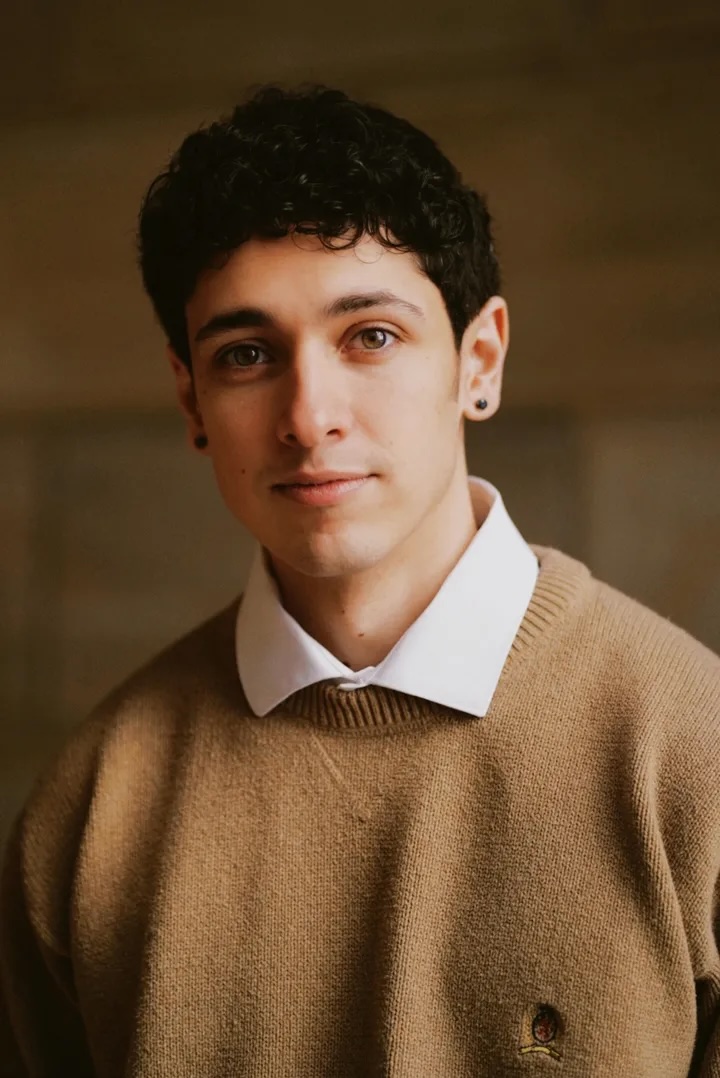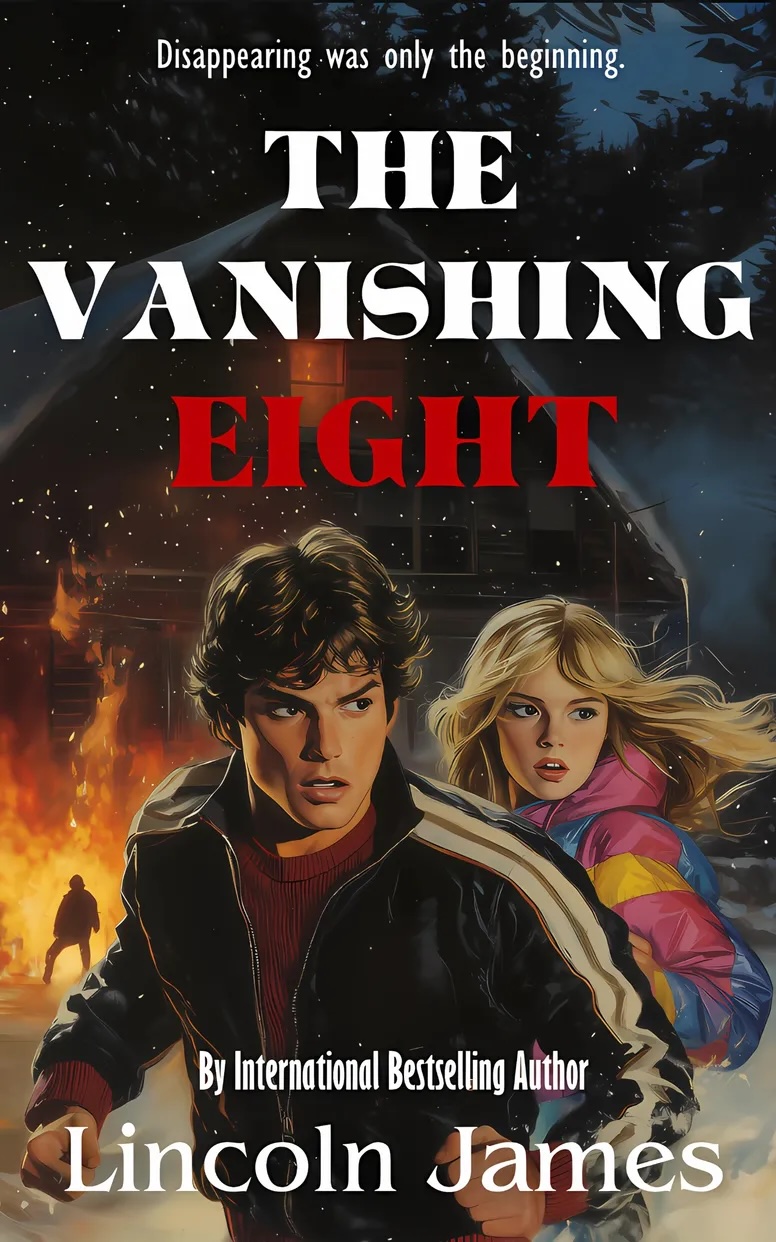
Adjunct Professor
Lincoln Costello (Pseudonym Lincoln James)
- School of Liberal Arts and Sciences
- English and Communication
The Vanishing Eight
In the quiet town of Piedmont, Washington in 1979, Jonathan and his friends were simply trying to endure the final months of high school when one of their own vanished. Then… another. That’s when the whispers began, stories of the town’s old legend resurfacing like something dredged up from the dark. But myths don’t take people. Do they?
Desperate for a reprieve, they retreat to a cabin in the woods—one last weekend, one last memory before life scatters them in different directions. But you can’t outrun what’s already caught up to you. And as the night unravels, they realize the danger isn’t behind them. It’s here. Waiting. Watching.
Will they escape the fate of those who disappeared before them? Or will they become part of the legend themselves?

How did you first come up with the idea for this work?
I think my first creative spark came from growing up surrounded by stories. The old paperbacks from the library beside my childhood home, the Blockbuster movies my older brother brought home to scare me, even family stories passed down around the dinner table… Those influences stuck. From there, I knew I wanted to write a story that blended coming-of-age with a thriller. Something that was a page-turner but also lingers in the reader’s chest long after they’ve finished.
What was your research process like?
A lot of it is immersion. I read old newspapers, dug through magazines from the ’70s, listened to the music of the time, even looked at photos of small-town America during that period. I wanted the backdrop to feel lived-in, not like a cardboard cutout. I also pay close attention to folklore, urban legends, and the ways communities tell stories about themselves—because that’s the texture that makes a thriller feel real. I also, of course, spoke with my mom who was a total disco queen at the time.
How long did you work on this before it was published?
Funny enough, this book actually took me eight years to write. I worked on it all through undergrad, into my master’s program, and even as I was starting out as a professor. The process taught me so much about patience and persistence. But as I’ve honed my craft, the timeline has shortened—by the time I got to my fourth novel, Written Just For You, I was able to complete it in just a few months.
Does this work relate to your role at FIT? If so, how?
Definitely. At FIT, I teach communication and public speaking, which is all about finding your voice and telling your story with clarity and impact. Writing fiction is the same, just in a different medium. Teaching also keeps me sharp. It reminds me to think about audience, pacing, and emotional connection, which are all critical in my novels.
What was your biggest challenge? What was most rewarding?
The biggest challenge was balance—making sure the mystery kept readers turning pages while also giving the emotional weight of the story room to breathe. The most rewarding part has been hearing from readers who connected with it on a personal level, who said it made them think about their own past or the secrets in their own hometowns. That’s the kind of feedback that reminds me why I write.
Is there other information we should know?
Only that I consider myself an author of “vintage thrillers,” stories that live at the intersection of nostalgia and dread, with one foot in the past and one eye on the shadows. My goal is always to tell stories that keep readers turning pages, but also linger with them after they’ve put the book down.
Have you published any other books or have any upcoming publications?
Yes, I’ve published several thrillers: Devils Like Us, All the Time, and Written Just For You. Each one has its own tone and era, but they all belong to the same interconnected universe I’ve been building. My next book, We Are Human, comes out this fall—it’s a sci-fi thriller with horror elements set in the near future.
- Member of the FIT Faculty since 2022
- Book published April 19, 2024
